Please note this lot will not available for online bidding. For further information and to bid on this lot please contact Halls Fine Art 01743 450 700 Dirck Van Delen or Dirck Christiaensz Van Delen (Heusen 1605-1671 Arnemuiden) 'Dives and Lazarus', Figures Banqueting at a Dining Table in an Architectural Capriccio, other Figures and Servants nearby with Musicians in a Gallery above, signed with the artists initials and indistinctly dated, possibly 1626, oil on panel, 61.5cm x 73cm We gratefully acknowledge Mr Bernard Vermet's assistance in cataloguing this lot. Mr Vermet is currently writing the catalogue raisonne on the artist. Dirck van Delen was born in 1604 or 1605 in Heusden, Holland. His father was Corstiaen Dircksse from The Hague, who married a local girl, Cornelia Jansdochter. Van Delen's first tutor was thought to be the little known Hendrick Aerts although another candidate is Jan Steenwijk the younger (c.1580-before 1649), whose influence and that of many of the architectural painters in Antwerp at the time, is very clear on Van Delen's first period The artist seemed to have been largely self-taught, using prints and books as inspiration. He may have been a pupil of Jacob Wijnants (c.1600-1637). Wijnants was a witness at his marriage to Maria van der Gracht, who was the daughter of the burgomaster of Anemuiden. Van Delen succeeded his father-in-law as burgomaster and also served as Consul of Zeeland. From 1718 he became a pupil of Frans Hals (1583-1666) and there are stories of how the painters, Adriaen Brouwer and Dirck van Delen played practical jokes on their master. Most of the artists pictures from the 1620's feature dark angular Renaissance-style architecture and usually includes a vanishing point exactly in the middle of the work. Rarely would van Delen attempt asymmetrical views in early examples. Views of palaces and church interiors were some of van Delen's favourite subjects. The present work depicts the parable of the rich man and Lazarus, also known as "Dives and Lazarus". It is taken from the Gospel of Luke XVI: 19-31. It is most likely identical to the one sold for 19 guilders to Jonkers at the auction of the collection of the late Mr.D.G.Van der Burge van Kronenburg on 6th September 1824. The entry number 110 reads as follows: "In a beautiful room with a gallery, on which Lazarus seems to be sitting, one sees a distinguished company dining." Bernard Vermet tells us that the painting is one of the earliest known by the artist so far. There are at least three other pictures from later in 1626, A church interior and two Palace exteriors, showing that Van Delen used all three types of common architectural scenes from the very beginning of his career. Vermet goes on to tell us that all four paintings are already highly characteristic of the artist's personal style, with only small deviations, such as, in our case, a colonnade with pillars instead of columns, and a console above the middle of the windows. The Renaissance architecture, with it's dominance of black,red/brown and yellowish marble is imaginary and far too rich and heavy for a realistic interior. The silver glass ball that is hanging from the ceiling-as in Vermeer's "Allegory of Faith" should theoretically show us the distorted image of the painter at work, but this is not as such recognisable. The present work is of great value in that it sheds more light on Van Delen's development as an artist and shows that he made extensive use of sources in a very personal way and never to the extent of mere copying. The first and most important source for the artist was a work of the same subject by Bartholomeus van Bassen (1590-1652) that was auctioned in 1926 in Amsterdam. This is extremely interesting in that our vendor can remember his father purchasing the present work from "Gooden and Fox" of Bury Street, St. James's, London during the 1930's, when it was attributed to Bartholomeus van Bassen John Quilter of that firm was a cousin of the family
Please note this lot will not available for online bidding. For further information and to bid on this lot please contact Halls Fine Art 01743 450 700 Dirck Van Delen or Dirck Christiaensz Van Delen (Heusen 1605-1671 Arnemuiden) 'Dives and Lazarus', Figures Banqueting at a Dining Table in an Architectural Capriccio, other Figures and Servants nearby with Musicians in a Gallery above, signed with the artists initials and indistinctly dated, possibly 1626, oil on panel, 61.5cm x 73cm We gratefully acknowledge Mr Bernard Vermet's assistance in cataloguing this lot. Mr Vermet is currently writing the catalogue raisonne on the artist. Dirck van Delen was born in 1604 or 1605 in Heusden, Holland. His father was Corstiaen Dircksse from The Hague, who married a local girl, Cornelia Jansdochter. Van Delen's first tutor was thought to be the little known Hendrick Aerts although another candidate is Jan Steenwijk the younger (c.1580-before 1649), whose influence and that of many of the architectural painters in Antwerp at the time, is very clear on Van Delen's first period The artist seemed to have been largely self-taught, using prints and books as inspiration. He may have been a pupil of Jacob Wijnants (c.1600-1637). Wijnants was a witness at his marriage to Maria van der Gracht, who was the daughter of the burgomaster of Anemuiden. Van Delen succeeded his father-in-law as burgomaster and also served as Consul of Zeeland. From 1718 he became a pupil of Frans Hals (1583-1666) and there are stories of how the painters, Adriaen Brouwer and Dirck van Delen played practical jokes on their master. Most of the artists pictures from the 1620's feature dark angular Renaissance-style architecture and usually includes a vanishing point exactly in the middle of the work. Rarely would van Delen attempt asymmetrical views in early examples. Views of palaces and church interiors were some of van Delen's favourite subjects. The present work depicts the parable of the rich man and Lazarus, also known as "Dives and Lazarus". It is taken from the Gospel of Luke XVI: 19-31. It is most likely identical to the one sold for 19 guilders to Jonkers at the auction of the collection of the late Mr.D.G.Van der Burge van Kronenburg on 6th September 1824. The entry number 110 reads as follows: "In a beautiful room with a gallery, on which Lazarus seems to be sitting, one sees a distinguished company dining." Bernard Vermet tells us that the painting is one of the earliest known by the artist so far. There are at least three other pictures from later in 1626, A church interior and two Palace exteriors, showing that Van Delen used all three types of common architectural scenes from the very beginning of his career. Vermet goes on to tell us that all four paintings are already highly characteristic of the artist's personal style, with only small deviations, such as, in our case, a colonnade with pillars instead of columns, and a console above the middle of the windows. The Renaissance architecture, with it's dominance of black,red/brown and yellowish marble is imaginary and far too rich and heavy for a realistic interior. The silver glass ball that is hanging from the ceiling-as in Vermeer's "Allegory of Faith" should theoretically show us the distorted image of the painter at work, but this is not as such recognisable. The present work is of great value in that it sheds more light on Van Delen's development as an artist and shows that he made extensive use of sources in a very personal way and never to the extent of mere copying. The first and most important source for the artist was a work of the same subject by Bartholomeus van Bassen (1590-1652) that was auctioned in 1926 in Amsterdam. This is extremely interesting in that our vendor can remember his father purchasing the present work from "Gooden and Fox" of Bury Street, St. James's, London during the 1930's, when it was attributed to Bartholomeus van Bassen John Quilter of that firm was a cousin of the family

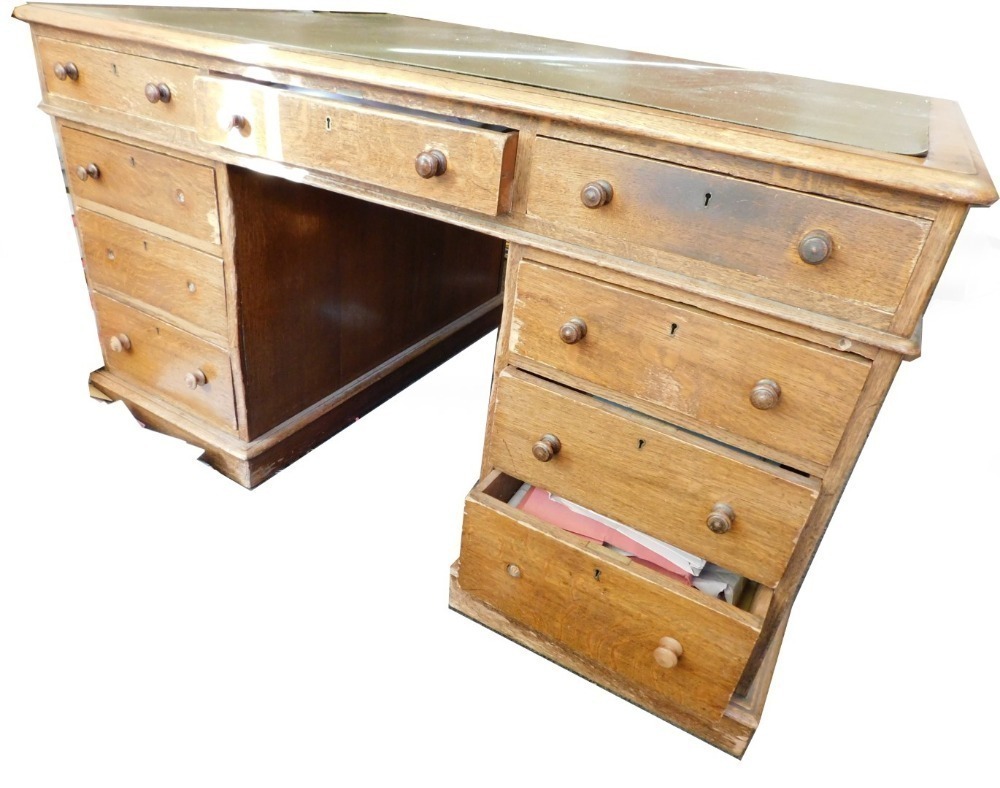



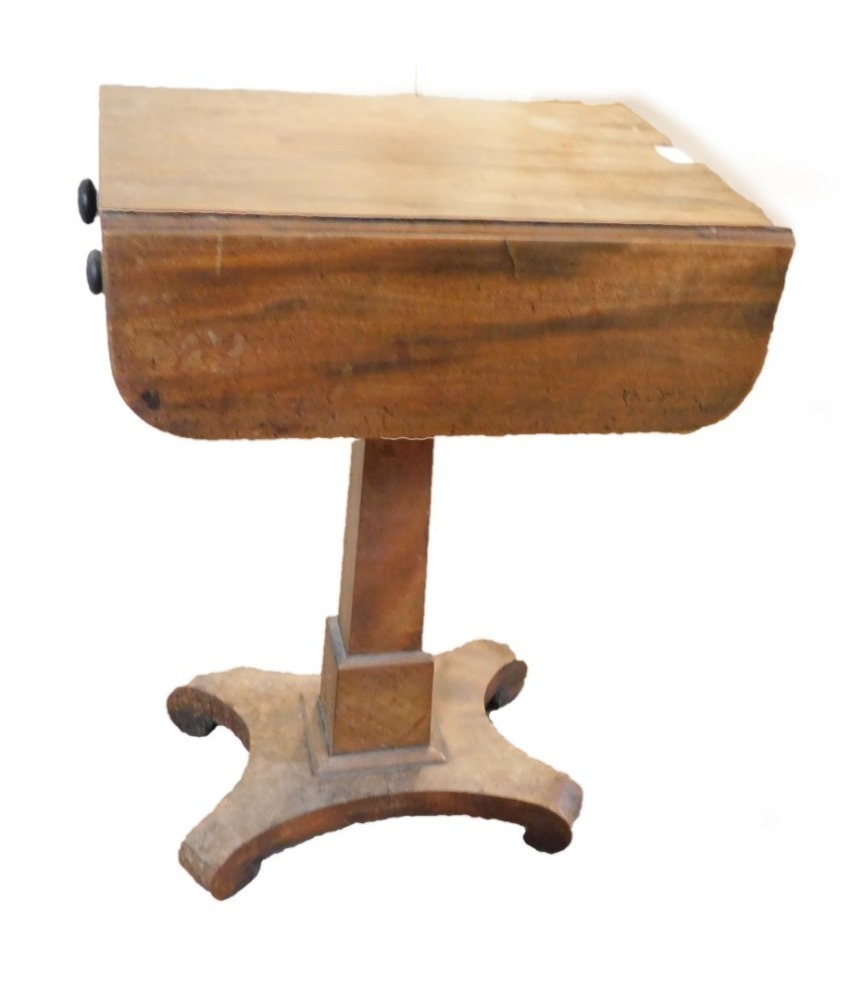
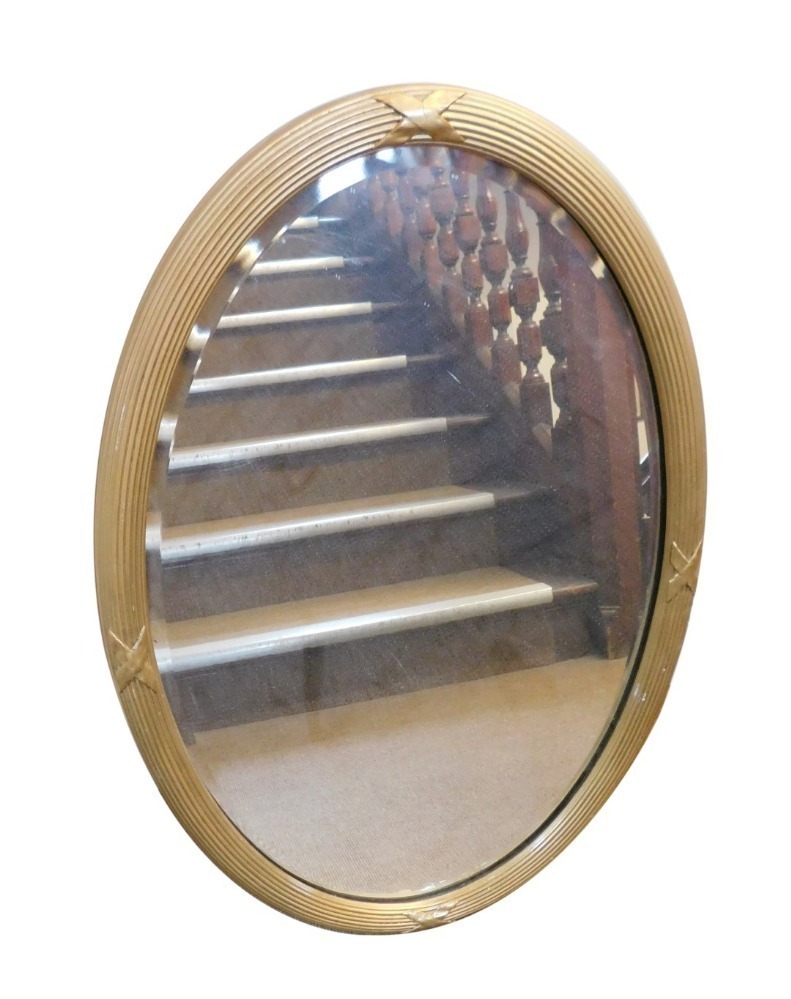




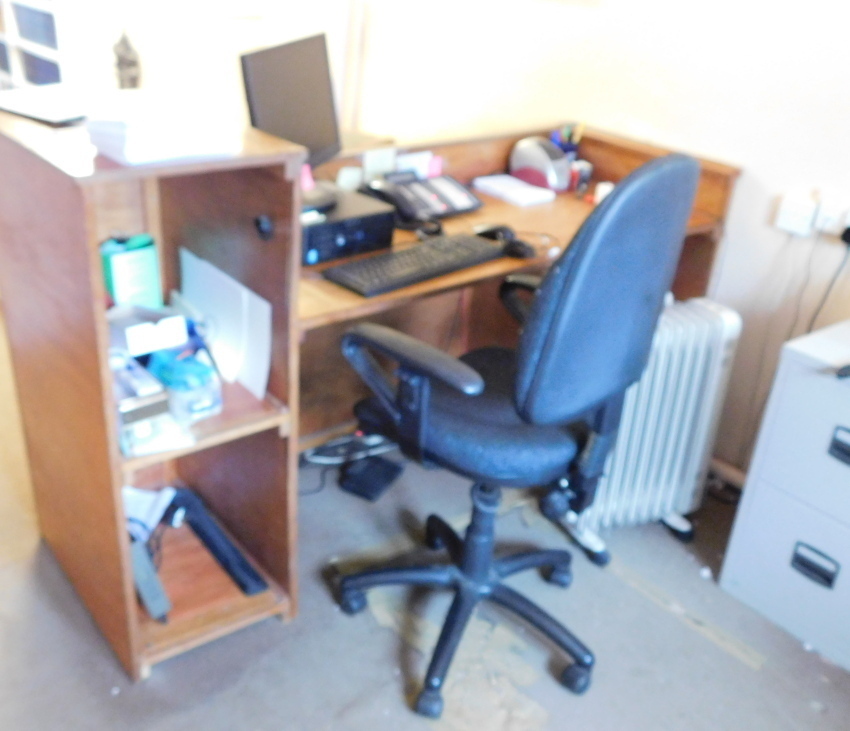
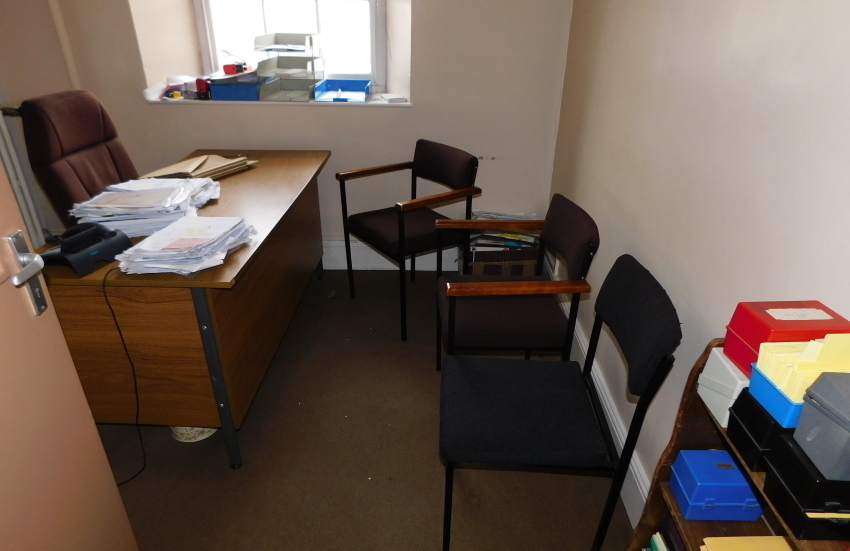
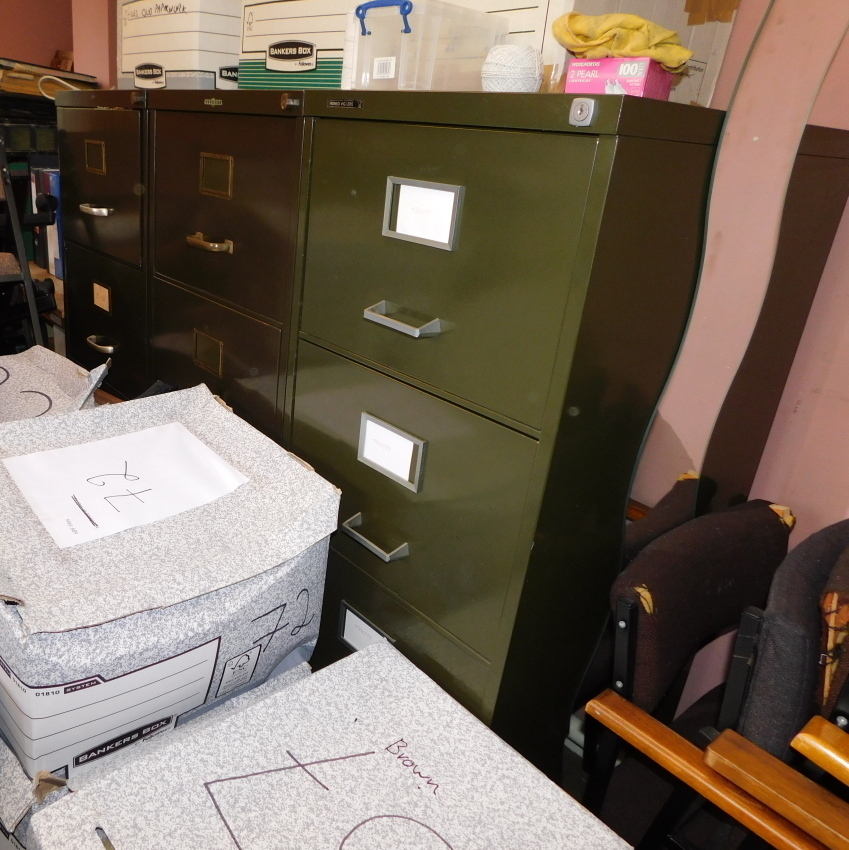

Testen Sie LotSearch und seine Premium-Features 7 Tage - ohne Kosten!
Lassen Sie sich automatisch über neue Objekte in kommenden Auktionen benachrichtigen.
Suchauftrag anlegen